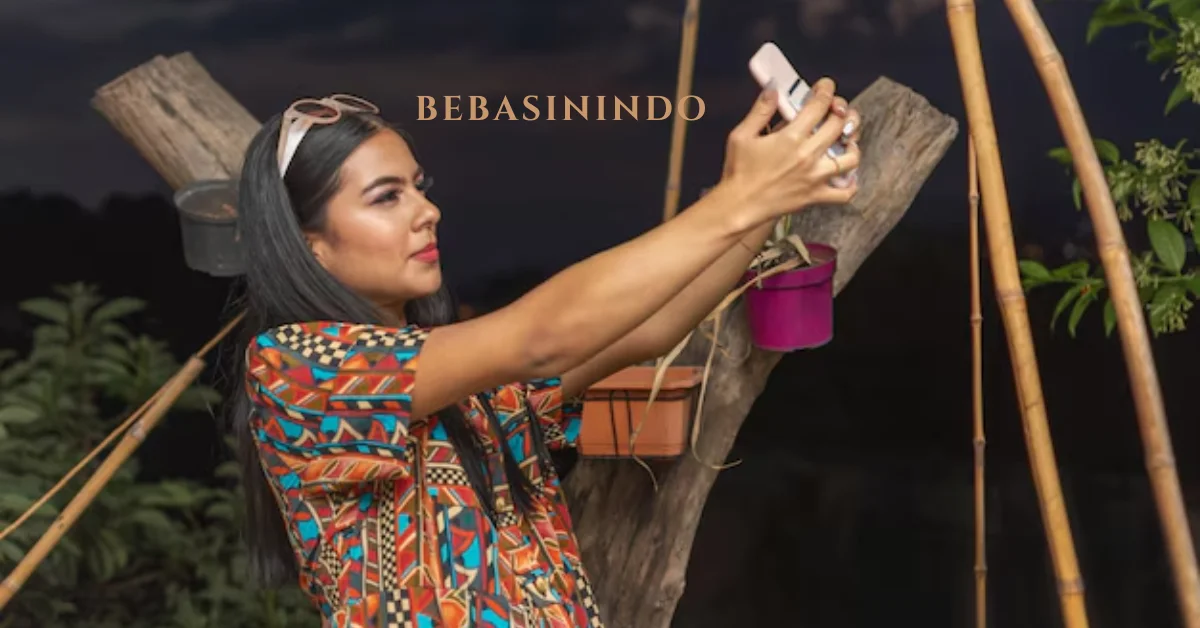In a world saturated with fleeting trends, Bebasinindo has emerged as a cultural force that transcends borders, blending tradition, innovation, and modern lifestyle appeal. From social media virality to grassroots movements, this phenomenon has captivated millions. But what is Bebasinindo, and why has it become a global obsession? Let’s unravel its origins, unique features, and the debates surrounding its meteoric rise.
What Is Bebasinindo?
Bebasinindo is a cultural and lifestyle movement rooted in the fusion of traditional practices and contemporary creativity. Originating from Southeast Asia—specifically Indonesia—it draws its name from the Indonesian words “bebas” (freedom) and “indah” (beauty), symbolizing a philosophy of “liberated beauty.” It combines art, fashion, sustainable living, and community-driven values to create a holistic way of life that resonates globally.
The Origins of Bebasinindo
Bebasinindo traces its roots to Indonesia’s rich cultural tapestry, where centuries-old craftsmanship meets modern urban aesthetics. Key influences include:
- Batik Art Revival: Traditional batik patterns reimagined in streetwear and home decor.
- Eco-Conscious Practices: Emphasis on sustainability, inspired by Indonesia’s natural landscapes.
- Digital Storytelling: Social media campaigns showcasing local artisans to global audiences.
The movement gained traction in 2021 when Indonesian influencers began hashtagging #Bebasinindo to celebrate handmade textiles and eco-friendly lifestyles. By 2023, it had exploded into a global trend, embraced by designers, environmentalists, and Gen Z communities.
Why Bebasinindo Is Going Viral
Cultural Fusion: Bebasinindo merges heritage with modernity—think batik-printed sneakers or bamboo tech accessories.
Community-Centric Values: It prioritizes collaboration over competition, hosting pop-up markets and DIY workshops.
Sustainability: Upcycled materials and zero-waste practices appeal to eco-conscious consumers.
Digital Savvy: TikTok tutorials on crafting Bebasinindo-style decor have amassed 2B+ views.
Celebrity Endorsements: Global stars like Billie Eilish and BTS’s V have sported Bebasinindo-inspired outfits.
Controversies & Criticisms
While Bebasinindo is widely celebrated, it faces backlash:
- Cultural Appropriation: Critics argue Western brands commercialize Indonesian motifs without crediting origins.
- Greenwashing: Some companies exploit its eco-friendly image while using unsustainable materials.
- Commercialization: Purists claim mass production dilutes its artisanal roots.
Bebasinindo’s Global Impact
- Fashion: Luxury brands like Gucci and Stella McCartney now collaborate with Indonesian artisans.
- Tourism: Bali and Yogyakarta report a 45% surge in “Bebasinindo’s tourism” since 2022.
- Mental Health: Its focus on mindful creativity is linked to reduced anxiety in a UCLA study.
FAQs About Bebasinindo
What is “Bebasinindo”?
Bebasinindo is a cultural movement blending Indonesian heritage with modern design, emphasizing sustainability, community, and artistic freedom.
How did Bebasinindo’s become a global trend?
Social media virality, celebrity endorsements, and its alignment with eco-conscious values propelled it from local workshops to international fame.
Is Bebasinindo’s accused of cultural appropriation?
Yes. Critics highlight instances where global brands profit from Indonesian motifs without fair compensation to local artisans.
Can I practice Bebasinindo’s outside Indonesia?
Absolutely! The movement encourages adapting its principles—like sustainable crafting and cultural respect—to any context.
What’s next for Bebasinindo’s?
Experts predict AI-driven collaborations (e.g., batik patterns designed by algorithms) and expansion into virtual fashion markets.
Conclusion
Bebasinindo is more than a trend—it’s a cultural renaissance. As it evolves, its core values of sustainability and inclusivity will likely shape global fashion, art, and lifestyle industries. Whether through high-tech textiles or grassroots activism, Bebasinindo’s proves that tradition and innovation can coexist beautifully.
ALSO READ: Fran Candelera: Blending Art, Business, and Social Change











